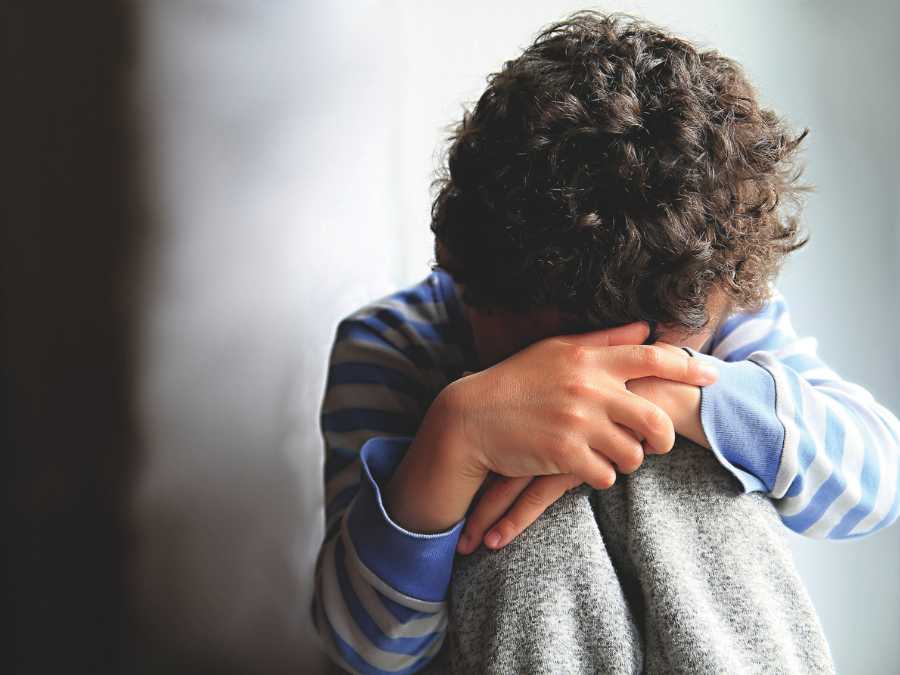Poverty is a phenomenon that tends to be periodically rediscovered. In 1989, at the urging of advocates, then federal NDP leader Ed Broadbent introduced a motion that was unanimously supported by the House of Commons. It committed Canada “to seek to achieve the goal of eliminating poverty among Canadian children by the year 2000.” In 1991, a group of Toronto activists co-founded Campaign 2000, partnering with community and national organizations, including faith groups, to build a coalition to hold Ottawa’s feet to the fire. Not only had no efforts been made to implement the resolution, but then prime minister Brian Mulroney’s Progressive Conservative government had made significant cuts to the very policies that would reduce child poverty.
I joined the campaign in 1992. I was a new assistant professor at the University of Manitoba, just back from Berkeley, Calif., where I had focused my studies on poverty reduction. We were all optimistic that the resolution would be fulfilled because we thought the main obstacle was a lack of awareness among the public and politicians, and we could fix that through public education and policy advocacy.
You may unsubscribe from any of our newsletters at any time.
Well, it hasn’t worked out that way. According to the Canadian Income Survey, the child poverty rate was 13.7 percent in 1989, and in 2023 (the last year for which we have data) it had decreased by only half a percentage point to 13.2 percent. In the intervening years, there were ups and downs but no significant changes in the overall trend — with one exception.
The pandemic proved to be a natural experiment in showing how income support policy can decrease child poverty. Because of pandemic subsidies like the Canada Emergency Response Benefit, the national child poverty rate fell by almost a third, from 11 percent in 2019 to 7.5 percent in 2020. This unprecedented drop meant that there were 248,000 fewer children experiencing the corrosive effects of poverty in 2020 than in 2019 — more than the entire population of Regina. Unfortunately, as the pandemic benefits were withdrawn in 2022 the child poverty rate began to increase, and by 2023 it was 13.2 percent, exceeding the pre-pandemic level.
More on Broadview:
- Why child poverty is rising in Canada again
- In Oscar nominee Julian Brave NoiseCat, the trickster endures
- What if Elon Musk becomes a trillionaire?
What should we do about this? We need to advocate with federal and provincial lawmakers for improved policy in at least four areas: more effective income support (such as adding a low-income supplement to the Canada Child Benefit); government action to attract jobs that pay well and provide good benefits; better public services, especially in housing and childcare (including a sliding scale beginning at $0 for daycare fees, rather than the $10-a-day standard cost); and stronger anti-discrimination safeguards, because poverty rates are so much higher for Indigenous and racialized children.
If we consider children as rights bearers, we owe them a childhood free of deprivation, stigmatization and the psychological stress of poverty. Beyond this, poverty increases one’s lifelong risk for compromised physical and mental health, disability, violence, poor educational and occupational outcomes, and premature mortality. From a purely self-interested perspective, decreasing child poverty will lead to lower public spending on health care, social services and criminal justice, and higher taxation revenues through increased labour market participation.
Canada is now 25 years overdue on its goal to end child poverty. It shouldn’t take a pandemic to force us to do the right thing.
***
Sid Frankel is a senior scholar at the University of Manitoba and a longtime member of the Campaign 2000 steering committee















